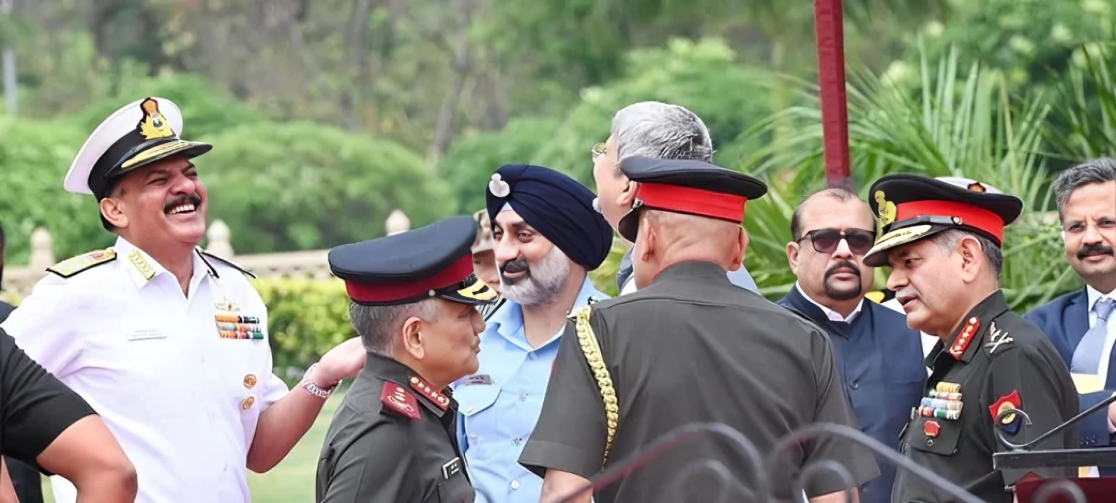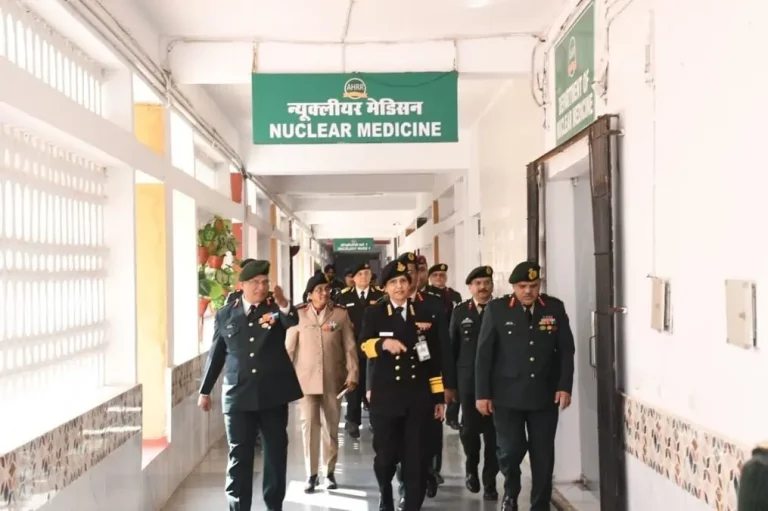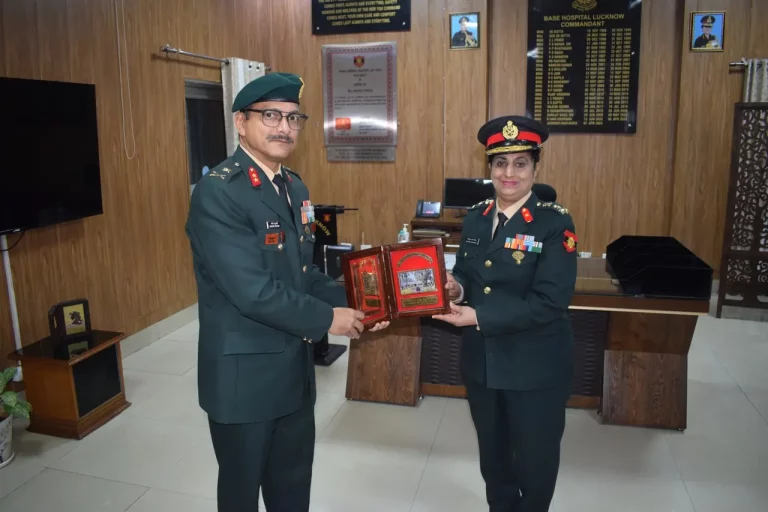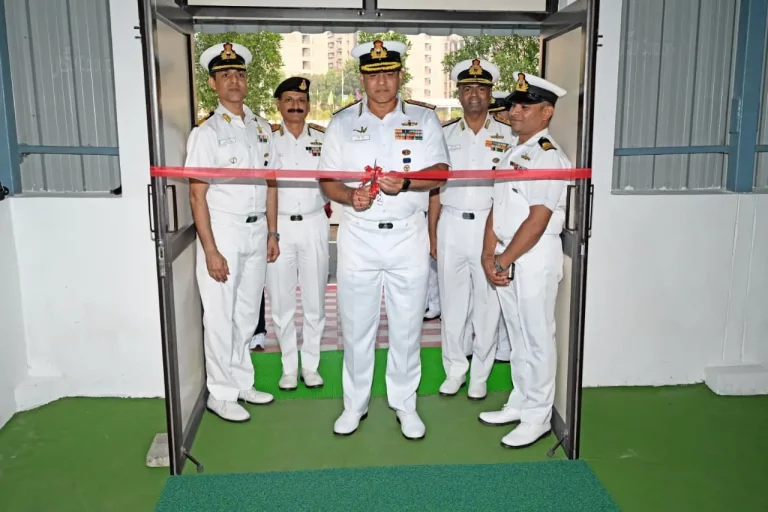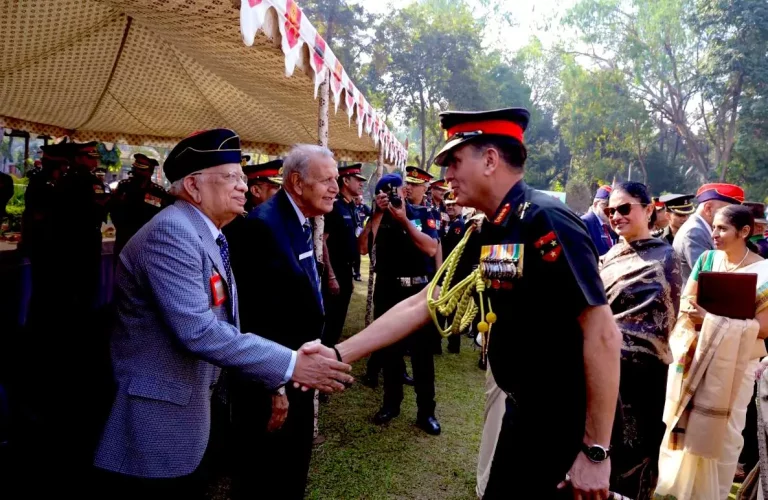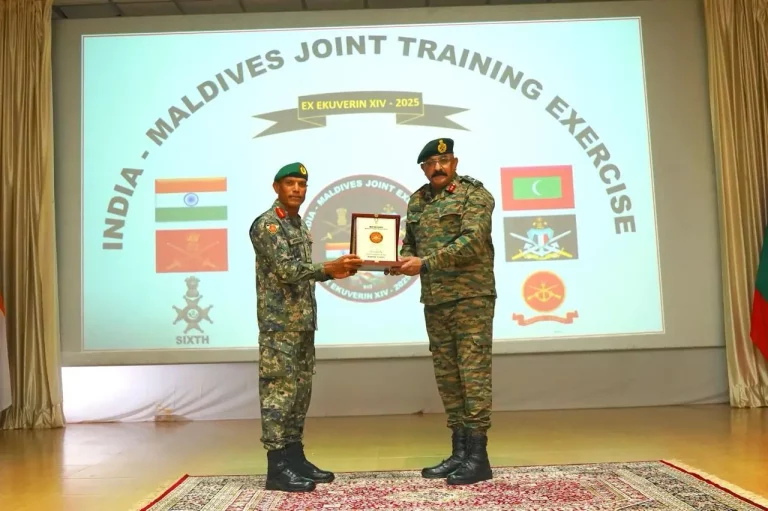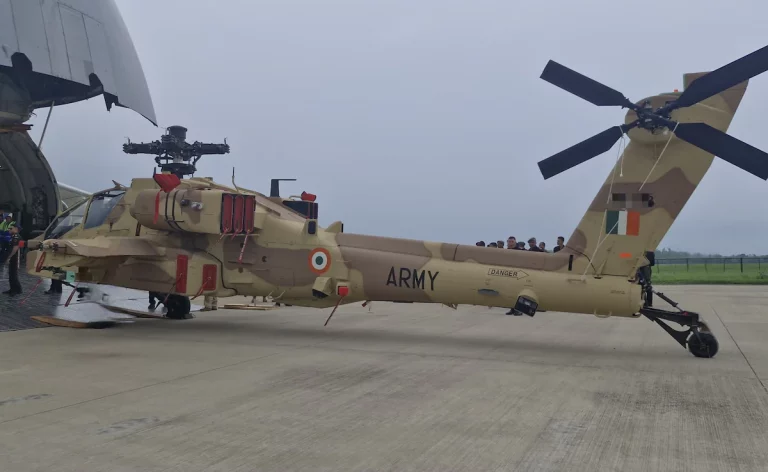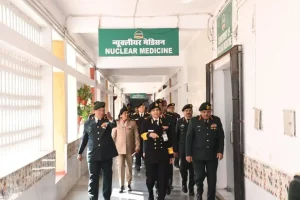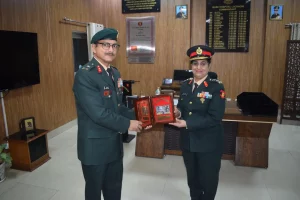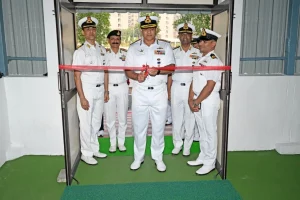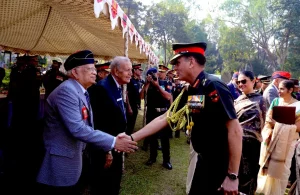In a significant shift in India’s military operations, the government has empowered the Chief of Defence Staff (CDS) and the Secretary of the Department of Military Affairs (DMA) to issue joint directives to the Indian Army, Navy, and Air Force. This reform marks the end of a long-standing tradition where each military branch functioned independently with separate sets of instructions. It signals the dawn of enhanced integration and coordination within India’s defense establishment.
The decision, approved by the Honourable Raksha Mantri, aligns closely with the India’s overarching goals for the “Year of Defence Reforms” in 2025. The intent of this initiative is to bolster unity and responsiveness while offering greater strategic clarity across the various branches of the armed forces. The initial joint order issued under this new command structure emphasizes streamlining procedures, eliminating redundancies, and improving operational synergy across all services.
This reform also answers a longstanding need identified after the 1999 Kargil War, during which considerable deficiencies in inter-service cooperation came to light. It builds on significant steps taken in the past, including the establishment of the Integrated Defence Staff in 2001 and the appointment of General Bipin Rawat as India’s first CDS in 2019.
India’s defense budget for 2025, projected to reach a historic $500 billion or 2.5% of the national GDP, highlights the ambition and scale of the current modernization efforts. Analysts suggest that the newly implemented joint command structure could enhance the effectiveness of combined military operations by as much as 30%. This estimation is supported by findings from a 2020 report by the Royal United Services Institute (RUSI).
Furthermore, this reform integrates lessons gained from recent operations, notably Operation Ganga in 2022. During this mission, over 18,000 Indian nationals were evacuated from Ukraine through effective military-diplomatic coordination. Officials express optimism that the new framework will better position India to manage both conventional warfare and multi-domain challenges, thus fortifying its strategic stance domestically and internationally.
